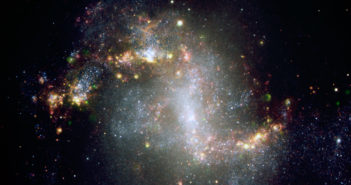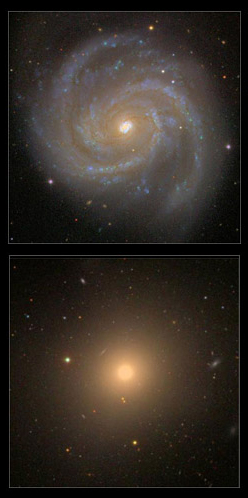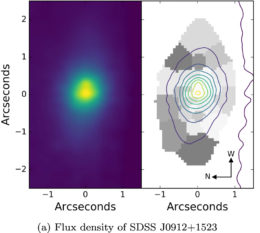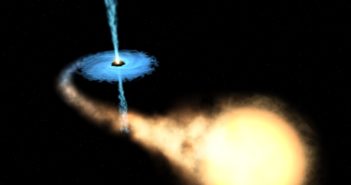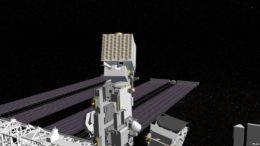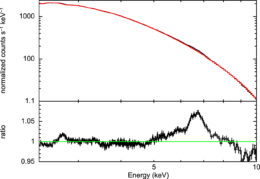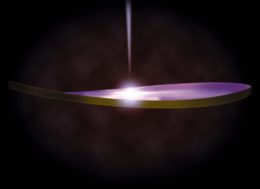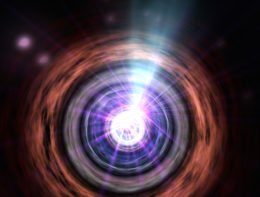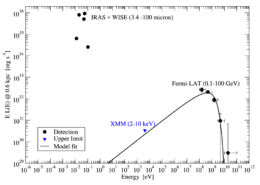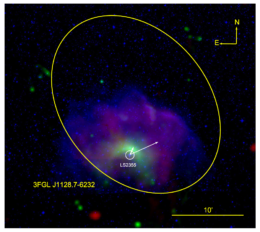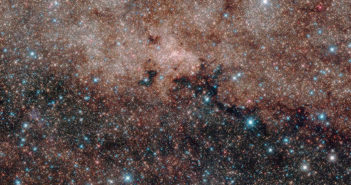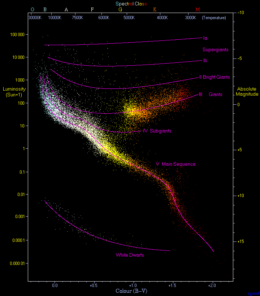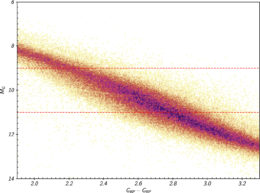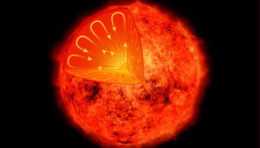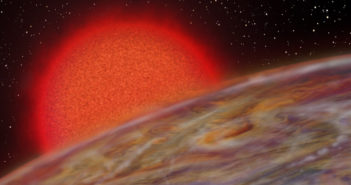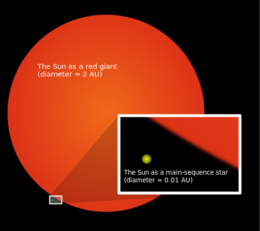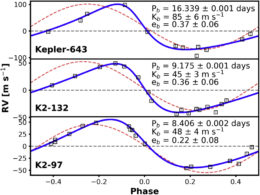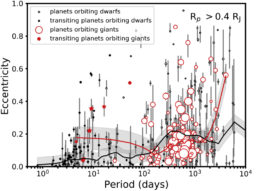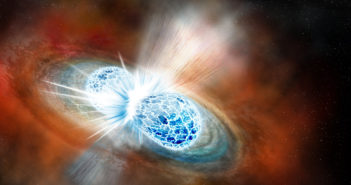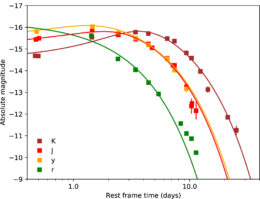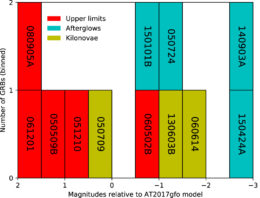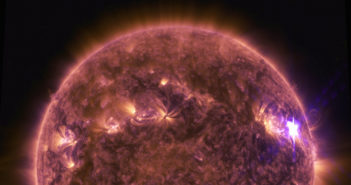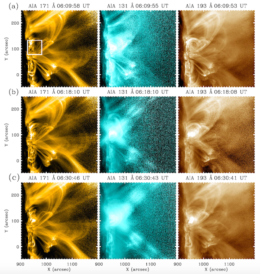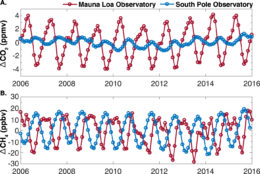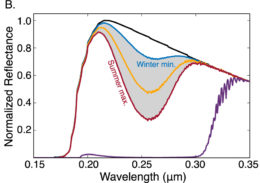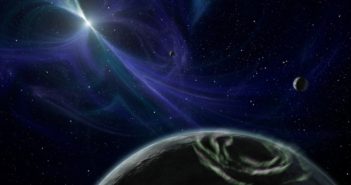
Searching for Exoplanets Around X-Ray Binaries
Finding planets around ordinary stars is great, but what if we could also hunt for planets around the black holes, neutron stars, and white dwarfs that live in binaries with companion stars? A new study shows it’s possible!
A New Place for Planets?

Artist’s impression of an X-ray binary, in which a compact remnant accretes material from a companion star. [NASA]
Planets orbiting within binaries may be common — we’ve spotted around 70 examples so far of planets orbiting one member of a binary, and another dozen or so in which a planet orbits both members on a circumbinary path. It stands to reason, then, that some planets should survive the evolution of one of the binary stars into a compact remnant, eventually becoming a planet orbiting an X-ray binary.
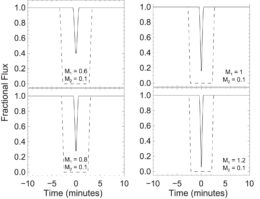
Several example transit X-ray light curves for circumbinary planets, including an Earth-mass planet (solid lines) and a Jupiter-mass planet (dashed lines), for different values of μ, which relates the mass of the compact remnant to the companion star. Here the companion mass remains fixed and the different panels show different values for the remnant mass. [Imara & Dr Stefano 2018]
Looking at X-Rays
So how would we detect such a planet? Optical and radio searches for planets can be challenging, since a planet transit often means a very small dip in a light curve that might not be detectable. Two scientists from the Harvard-Smithsonian Center for Astrophysics, Nia Imara and Rosanne Di Stefano, propose an alternative: why not specifically look in the X-rays?
Because the area emitting X-rays is very compact — all smaller than the size of a white dwarf’s surface, i.e., the size of the Earth — the expected dip in the X-ray light curve due to a planet transit is quite large. This increases our chances of being able to detect it.
Exploring Challenges
A few challenges exist with this approach. To increase detection odds, the planet would ideally need to be orbiting within a similar plane to that of the binary, and preferably close to the inner cutoff for stable orbits around the binary. This is not an unreasonable assumption, however, given expected orbital dynamics as star systems evolve.
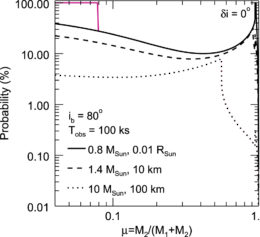
Transit probability versus binary mass ratio, μ, for planet circumbinary orbits around coplanar x-ray binaries with white dwarfs (solid lines), neutron stars (dashed lines), or black holes (dotted lines) as the primaries. The black and magenta lines represent the probability calculations for an Earth-like and Jupiter-like planet, respectively. [Imara & Di Stefano 2018]
A Positive Outlook
With those challenges in mind, Imara and Di Stefano demonstrate through a series of calculations that circumbinary planets are reasonably likely to transit — transit probabilities range from roughly 0.1%–40%, depending on the mass ratio of the binary and the size of the X-ray-emitting region — and that our detection capabilities are such that we could actually spot these transits with present-day technology.
Future X-ray missions, like the proposed Lynx X-ray space telescope — which may have 50 times the sensitivity of the Chandra X-ray telescope! — will dramatically extend the opportunities for transit detection. Indeed, it seems like the hunt for these exotic exoplanetary systems have very good prospects.
Citation
Nia Imara and Rosanne Di Stefano 2018 ApJ 859 40. doi:10.3847/1538-4357/aab903s
